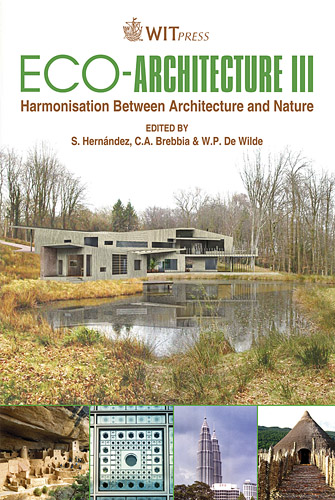The Principles Of Vastu As A Traditional Architectural Belief System From An Environmental Perspective
Price
Free (open access)
Transaction
Volume
128
Pages
12
Page Range
97 - 108
Published
2010
Size
369 kb
Paper DOI
10.2495/ARC100091
Copyright
WIT Press
Author(s)
H. Fazeli & A. Goodarzi
Abstract
The shortage of technological discoveries in traditional architecture - which has now made it possible to warm and cool any area regardless of considering the proper direction or geometrical shape - used to lead the habitants to make use of natural phenomena to provide physical and emotional comfort. Therefore, traditional architecture is always accompanied with a set of rules and principles that are to some extent based on environmental criteria as well as the dominant belief system of the specific culture; these two variables seem to be inter-related and in some situations dominating one another. Although assigning auspicious directions, auspicious geometrical patterns in the plan configuration, the concept of concentric zones, elongation of the whole complex and the façade considerations seem to be religious in basis or due to cultural values, still a great amount of such principles in traditional architectural guidelines are derived from the environment; thus a number of common characteristics of vernacular architecture, such as the presence of vegetation in the buildings’ site, the use of local materials that create a micro-climate adaptable with human comfort and structural forms associated with the climatic positions, which can also be applied to other cultures with the same climate, are present as parts of all traditional structures. Vastu as one of the most ancient architectural belief systems, similar to other traditional architectural sciences such as Feng Shui, also deals with the principles designed to make the most use of the environment and more specifically climate as one of its dominant factors. Based on the knowledge of the Sun Rays, the Earth’s Magnetic Poles and the Geopathic Zones, many rules have been legislated in ancient Indian architecture dealing with environmental criteria that
Keywords
principles of Vastu Shastra, the sun rays, magnetic zones, Geopathic Zones, concentric squares, the surrounding environment





